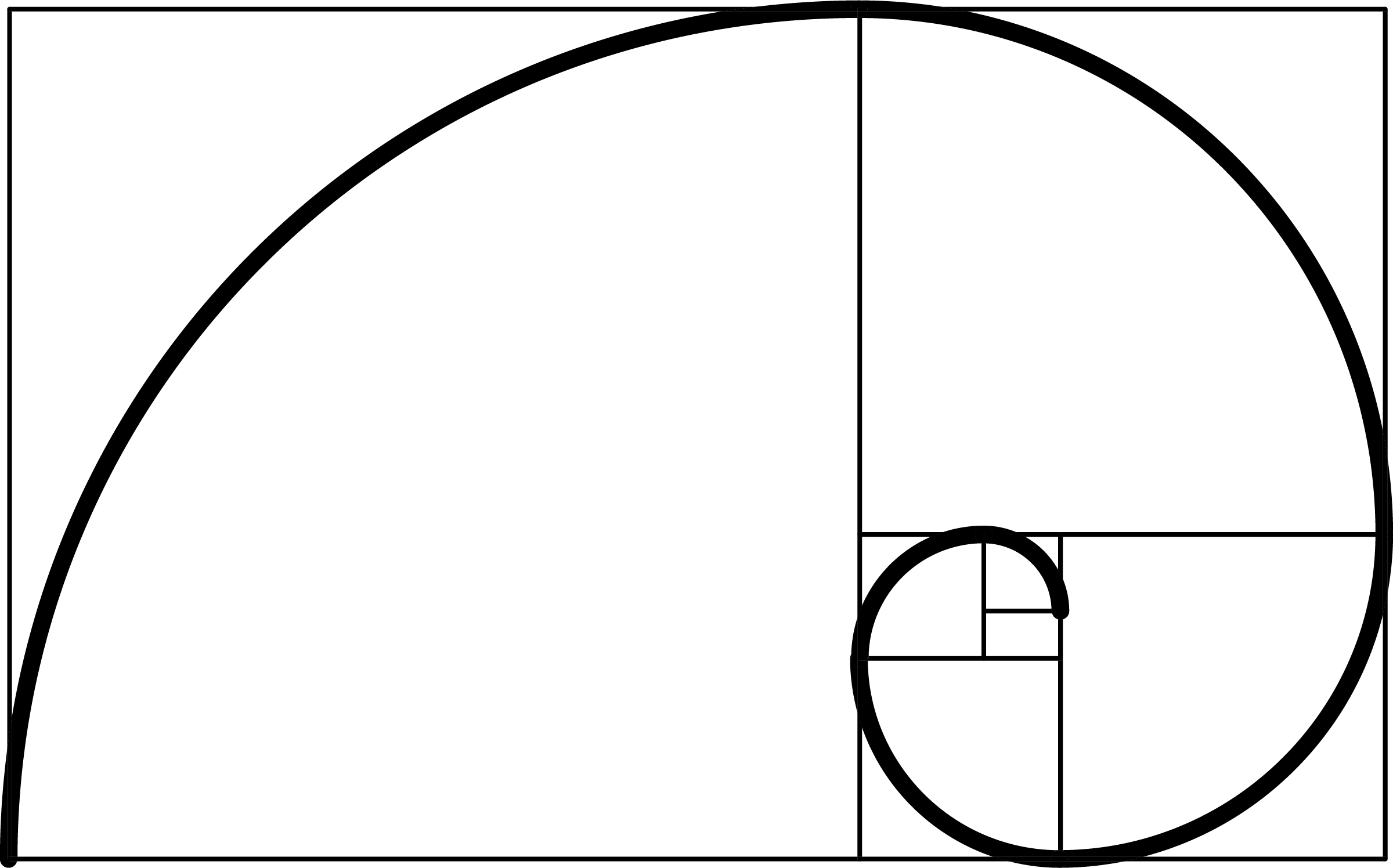
It appeared again in the 1980's in quasi-crystals, a newly discovered form of matter. It appeared in Roger Penrose's discovery in the 1970's of " Penrose Tiles," which first allowed surfaces to be tiled in five-fold symmetry. Recent appearances of Phi in math and physics Phi continues to open new doors in our understanding of life and the universe. The character for phi also has some interesting theological implications. Phi is also the 21st letter of the Greek alphabet, and 21 is one of numbers in the Fibonacci series. Phi is the first letter of Phidias (1), who used the golden ratio in his sculptures, as well as the Greek equivalent to the letter "F," the first letter of Fibonacci. By this time this ubiquitous proportion was known as the golden mean, golden section and golden ratio as well as the Divine proportion. The term "Phi" was not used until the 1900's It wasn't until the 1900's that American mathematician Mark Barr used the Greek letter phi to designate this proportion. The first we may compare to a measure of gold the second we may name a precious jewel." "Geometry has two great treasures: one is the theorem of Pythagoras the other, the division of a line into extreme and mean ratio. Johannes Kepler (1571-1630), discoverer of the elliptical nature of the orbits of the planets around the sun, also made mention of the "Divine Proportion," saying this about it:
Golden rectangle windows#
Leonardo Da Vinci, for instance, used it to define all the fundamental proportions of his painting of " The Last Supper," from the dimensions of the table at which Christ and the disciples sat to the proportions of the walls and windows in the background. The Renaissance artists used the Golden Mean extensively in their paintings and sculptures to achieve balance and beauty. It was probably da Vinci who first called it the "sectio aurea," which is Latin for golden section. It was first called the "Divine Proportion" in the 1500's Da Vinci provided illustrations for a dissertation published by Luca Pacioli in 1509 entitled "De Divina Proportione" (1), perhaps the earliest reference in literature to another of its names, the "Divine Proportion." This book contains drawings made by Leonardo da Vinci of the five Platonic solids. His most notable contribution to mathematics was a work known as Liber Abaci, which became a pivotal influence in adoption by the Europeans of the Arabic decimal system of counting over Roman numerals.
Golden rectangle series#
The Fibonacci Series was discovered around 1200 AD Leonardo Fibonacci, an Italian born in 1175 AD (2) discovered the unusual properties of the numerical series that now bears his name, but it's not certain that he even realized its connection to phi and the Golden Mean. He also linked this number to the construction of a pentagram. point as "dividing a line in the extreme and mean ratio." This later gave rise to the use of the term mean in the golden mean. Plato (circa 428 BC - 347 BC), in his views on natural science and cosmology presented in his "Timaeus," considered the golden section to be the most binding of all mathematical relationships and the key to the physics of the cosmos.Įuclid (365 BC - 300 BC), in "Elements," referred to dividing a line at the 0.6180399. Phidias (500 BC - 432 BC), a Greek sculptor and mathematician, studied phi and applied it to the design of sculptures for the Parthenon. The Greeks based the design of the Parthenon on this proportion.

Uses in architecture date to the ancient Egyptians and Greeks It appears that the Egyptians may have used both pi and phi in the design of the Great Pyramids. It is reasonable to assume that it has perhaps been discovered and rediscovered throughout history, which explains why it goes under several names. While the proportion known as the Golden Mean has always existed in mathematics and in the physical universe, it is unknown exactly when it was first discovered and applied by mankind. The Golden Mean is the measuring stick of Creation and can be found in many forms outside of the spiral. Considering that all lines curved are feminine in nature and all lines that are straight are male in the study of sacred geometry.

It is my personal opinion that the Golden Mean Spiral represents the purest form of the feminine aspect of Creation.

The Golden Mean Spiral can wear many hats in its function and relationship to Creation.


 0 kommentar(er)
0 kommentar(er)
